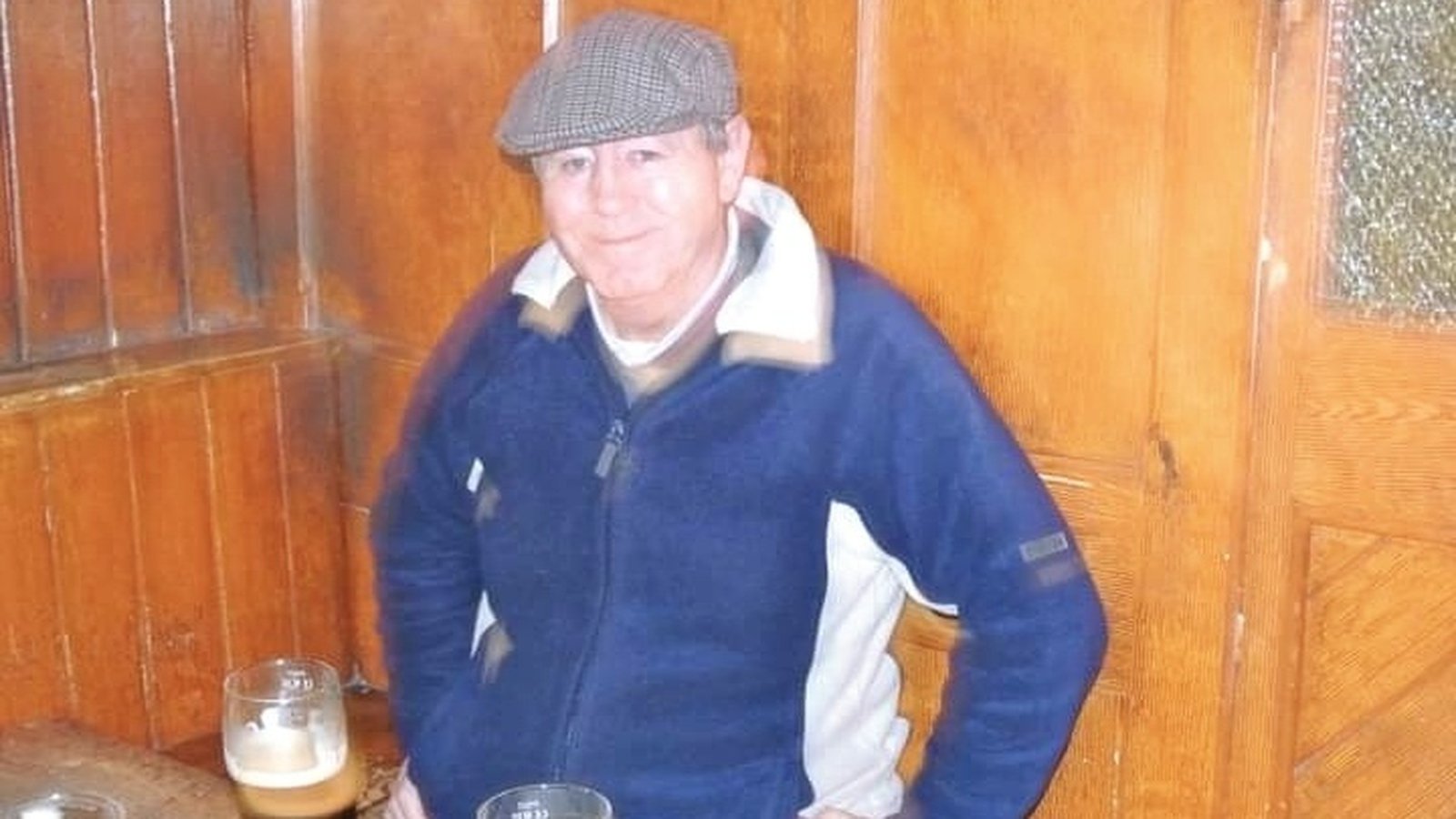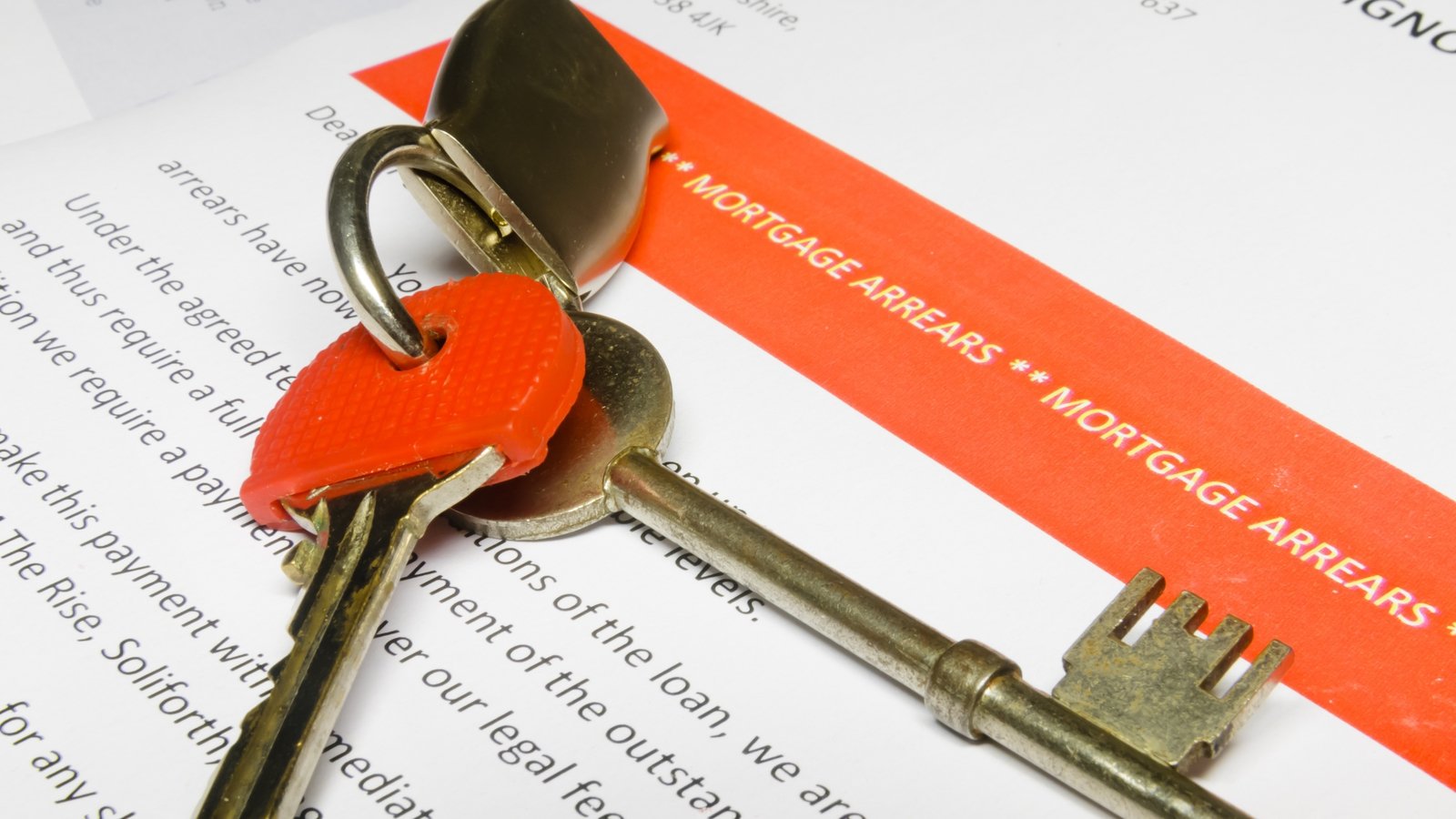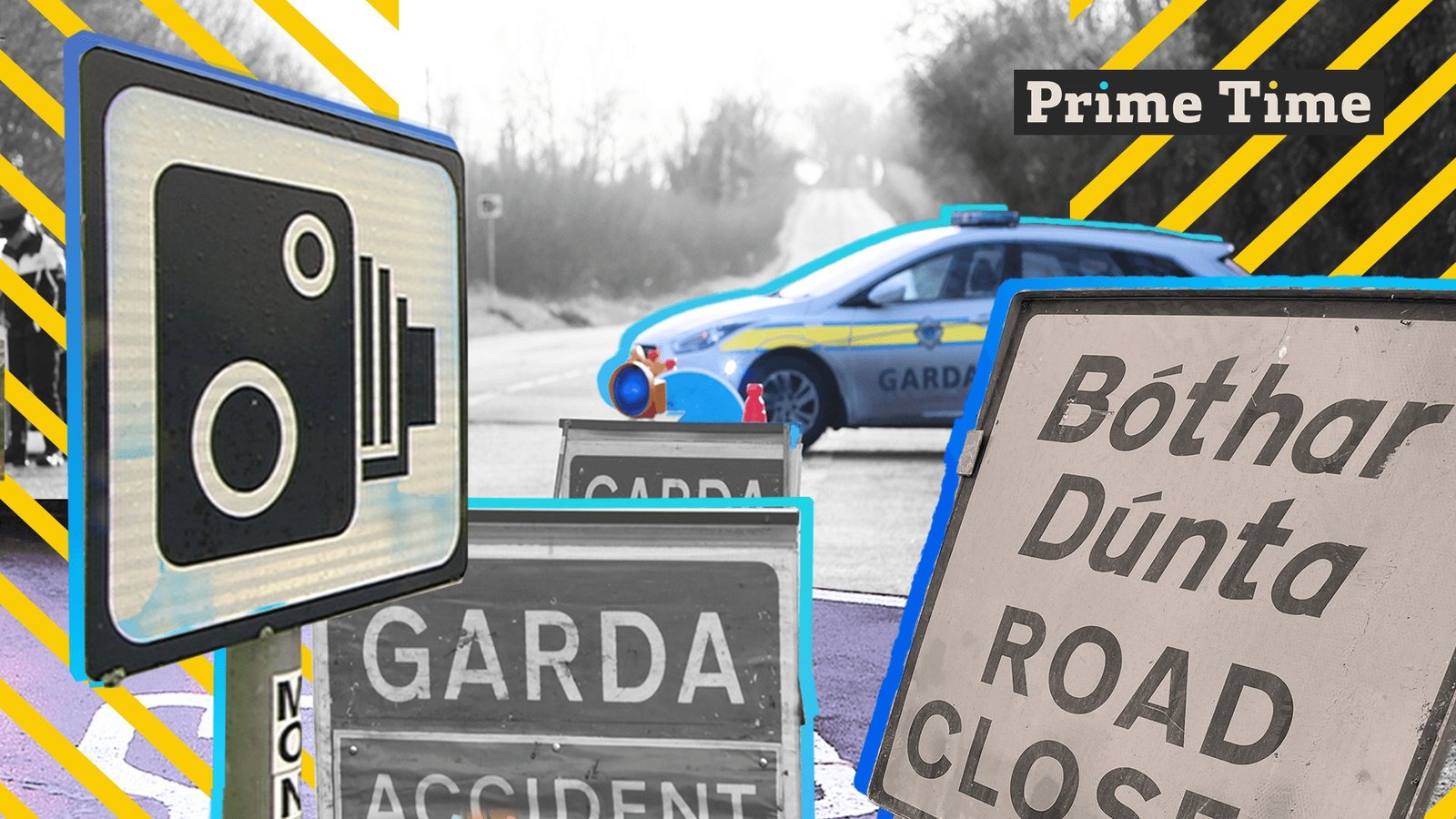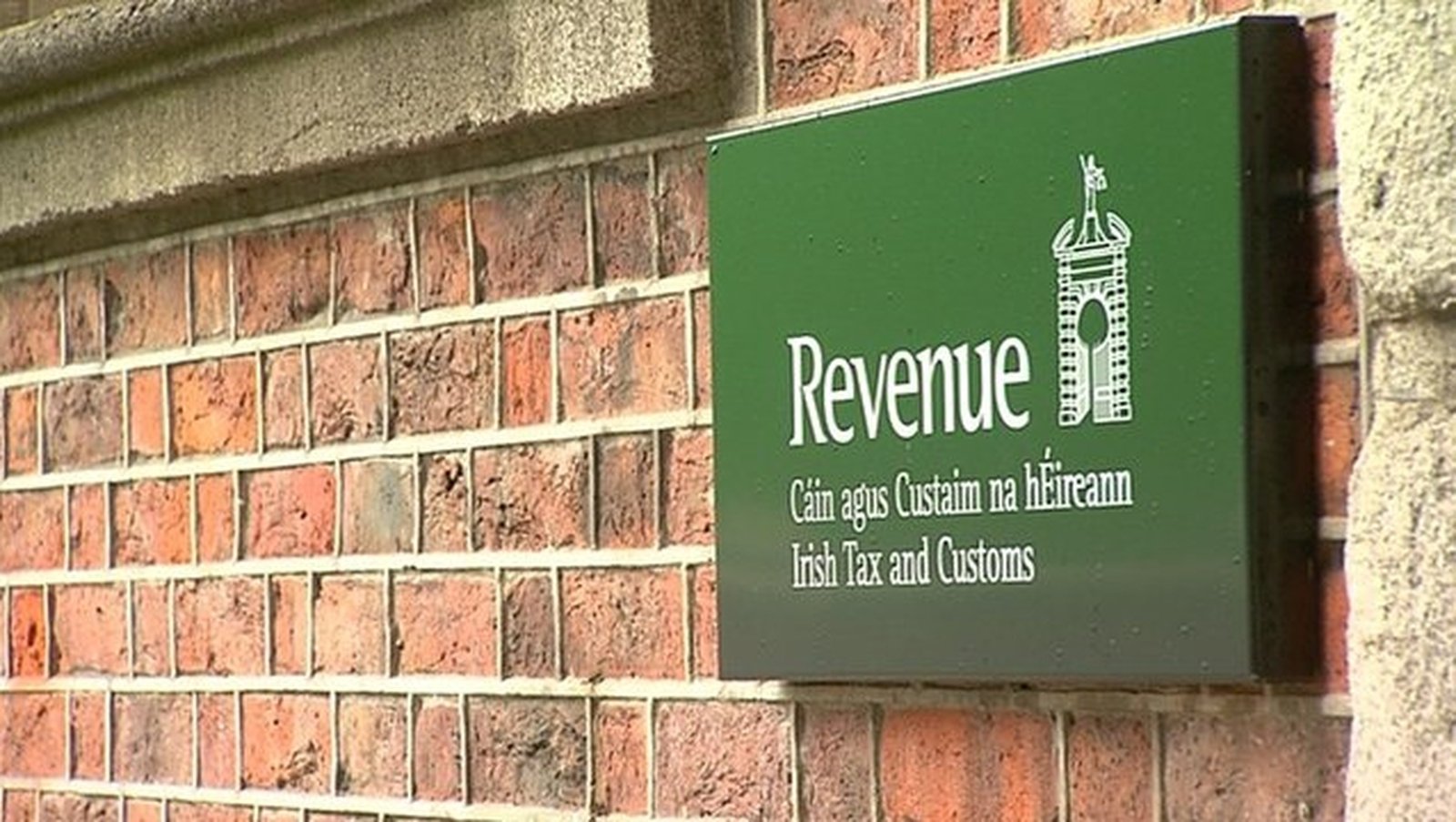The EU migration pact explained
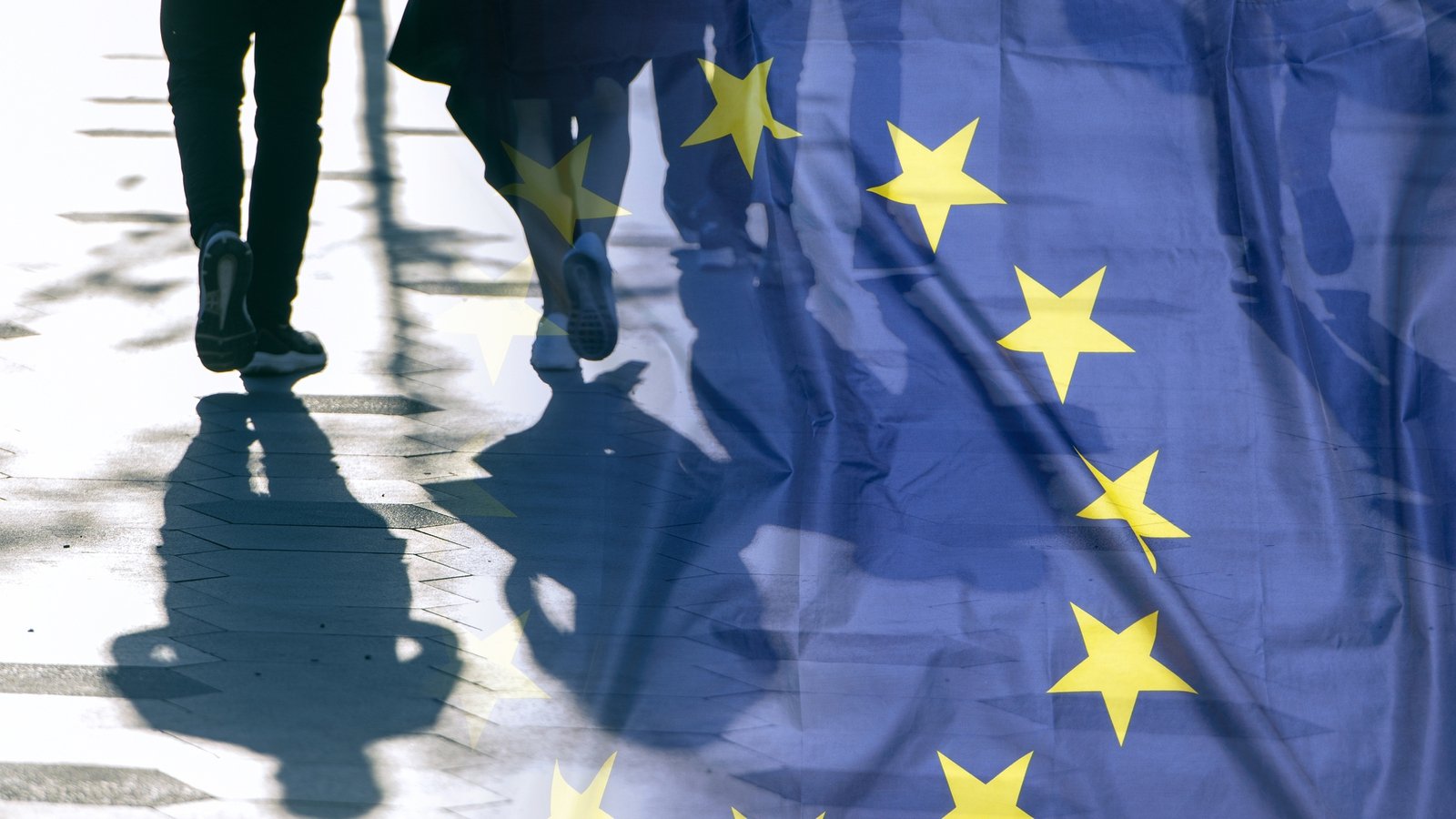
Ireland is set to join the EU’s new migration pact, and it will bring a number of changes to how those seeking asylum are processed.
The Cabinet is set to put the pact forward for a vote this week, and it is expected that it will be passed.
There are many strands to it including new border procedures, faster processing times, a more integrated database, and more emphasis on the EU’s partnership with third countries where people tend to transit from, such as Morocco, Tunisia, and Egypt.
The EU says the aim of the pact is to create a more common migration procedure among the member states.
External borders
Under the pact, there will be what the EU describes as “more secure external borders” that will include pre-entry screening, new procedures, and “crisis protocols”.
Irregular migrants will be registered on the Eurodac database (see below), and security and health checks will be carried out.
An irregular migrant is described as anyone who is traveling without the correct documentation such as a passport and/or a visa.
Under this pact those who are deemed to be unlikely to be granted protection on the initial check will not be allowed to enter a state and will be accommodated at a “designated location” until their application is ruled on.
These locations may vary, from holding areas in third countries to unspecified accommodation within a state in cases where people have reached European soil.
The EU says that extra safeguards will also be required during this process for families with minors, while there could be changes to the above procedures in times of particular crisis.
Dr Ciara Smyth of NUIG in Galway said that this system will create “grey areas” when it comes to rights.
She told RTÉ’s This Week programme: “Irregular migrants who are detected at the border, so this would be the external borders of the EU, or inland, or people who have been dis embarked after being rescued at sea – they’ll go into the screening procedure to see if they can enter the territory of the EU.
“It kind of creates this excised grey zone where the applicability of fundamental rights is unclear and that’s precisely the reason for it.”

‘Fast and effective procedures’ – EU
After an initial external screening people will then be channeled into a return procedure, an accelerated border procedure, or what’s called a normal procedure.
The pact says that applications, appeals, and removal decisions during this period must be made within two months.
It says the aim of this is to have decisions made and actions taken in a timelier manner.
These mandatory accelerated procedures are being established for certain categories of applicants such as those who come from countries with a 20% recognition rate or less or those who present without documents or with false documents.
A recognition rate refers to the rate of successful applications from a country.
Th EU’s overall recognition rate for international protection claims floats at around 40%, but it can vary more dramatically state-by-state, and can vary by the applicant’s home nation.
For example, applicants from Eritrea had an 80% recognition rate last year, while the rate is also very high for people coming from places like Syria, Afghanistan, and Somalia.
On the other end, applications from places like Pakistan, Georgia, Nigeria, Morocco, Colombia, and Venezuela were all under 20%.
Immigration lawyer Cathal Malone also said the shorter decision times will make it extremely difficult for those seeking protection to access legal aid.
“You have an accelerated border procedure and then you have what’s called the ordinary procedure.
“Under this new asylum and migration pact the ordinary procedure is not what most people will go through.
“You will go through the accelerated procedure if you are from a so-called ‘safe country’, you will also go into it if you come from a country that has an acceptance rate of less than 20% across the EU in the last year, and you will also go into this if you arrive without proper documentation.”
He said it is expected that around 80% of those who claim international protection in Ireland would be put through the eight-week accelerated procedure.
“We’re talking about maybe a year to two years at the moment for somebody to go through process.
“Now they’re expecting it to be done in two months.
“I don’t think the Government thought this through because the reality of the situation is that they’re expanding the International Protection Office which is the government body that deals with these applications, and they’ve between doubled and trebled the amount of staff there.
“But they’ve not doubled or trebled the amount of immigration lawyers nor could you do that.
“You can’t just photocopy an immigration lawyer and people have a right to have a lawyer in the process, it’s an incredibly important thing.
“If somebody in this country were accused of drink driving they wouldn’t go to a garda station to be interviewed without their solicitor present.
“What’s the worst that happens if you’re convicted of drink driving? You may lose your licence, you may be fined, maybe even go to jail.
“But if you’re for example an Afghan woman who is at risk of being returned to the Taliban, if your asylum claim is not handled properly, you’re at risk of torture and death.
“So, the stakes here are incredibly high and by artificially shortening these timeframes to such a degree, we are in real danger of putting people into situations where they may be tortured or killed.”
We need your consent to load this rte-player contentWe use rte-player to manage extra content that can set cookies on your device and collect data about your activity. Please review their details and accept them to load the content.Manage Preferences
‘Solidarity framework’
Under this section, EU states can “receive support and share asylum-related responsibilities”.
It would see countries that face more pressures, such as Greece and Italy, be financially supported.
Countries taking in less than what they’re deemed capable of would pay into a pool to support the countries that are taking in more.
Mr Malone said: “What this essentially says is, ‘look, we’re going to look at your GDP, how much money the country makes, we’re going to look at its population and how many migrants it currently takes. And having done that we are going to find out how many people should they take as a fair share of refugees across Europe’.
“In Ireland currently we are taking about 13,500 a year, when they run these numbers they think that we should take an extra 650, so it’s not massive.
“If you don’t want to take those additional people that’s fine, you can pay €20,000 per person [that a nation is short] and that will be paid into a European solidarity fund which is supposed to be used to aid the likes of the Greeks or the Italians to look after these people.”
But Mr Malone said he had some concerns about the fund.
“I’ve got a concern as to whether that money will in fact be used for those purposes.
“We’re looking at countries on the eastern border of Europe who are building walls, fences, and pushing people back even at sea.
“The Greek coast guard has been credibly accused in the past 12 months of having pushed boats back and people have drowned.
“So, I do have a concern that maybe some of the money might be used for those purposes but at least in theory it does make sense that we should be having some solidarity with our European neighbours given that they just by virtue of geography are affected by migrant flows than we are in Ireland.”
International partnerships
This part of the pact puts a focus on “preventing irregular arrivals” by working with other countries.
It says the aim is to combat smuggling, as well as enhance cooperation with third countries on return and readmission.
It says that this is “promoting legal pathways for migration through the EU Talent Pool and Talent Partnerships”, which have been established with places where migrants typically transit through such as Morocco, Tunisia, Egypt, Pakistan, and Bangladesh.
The simplest way to explain this is that the EU will providing a large amount of funding for these nations, as well as some deals such as trade and more relaxed visa requirements for their citizens, and in return those nations will undertake some of the border controlling work for them in their own territories.
Dr Smyth said: “They deflect responsibility for asylum claims from EU states to non-EU member states.
“And those states are already the major asylum-holding states, so they are already doing most of the heavy lifting when it comes to hosting asylum seekers and now this is just encouraging more to go to those countries.
“So, it’s the complete opposite of burden sharing and the EU and its member states us aid and trade agreements to try and leverage their agreements to this.”
The Eurodac database
There are also some changes coming in in how the Eurodac database will be run.
Eurodac is the EU’s fingerprinting database, and it includes the prints of international protection applicants who have arrived in the EU.
The idea is that one country’s authorities could cross-check prints to see if a person had previously applied for asylum elsewhere and this is already in place as part of the old system.
Under the pact, it will also collect biometric data such as facial imaging and will become mandatory for anyone over the age of six.
Law enforcement agencies will gain greater access to the database too.

